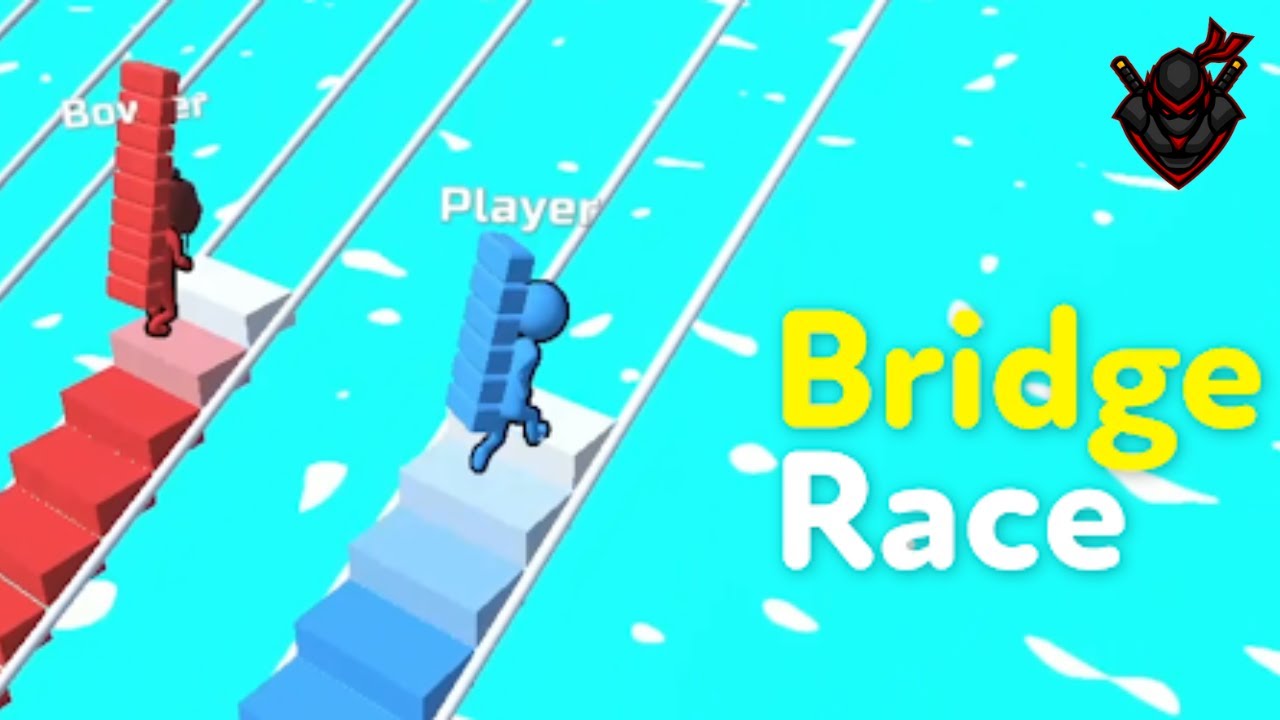Introduction
Released in 2017, The Legend of Zelda: Breath of the Wild is an iconic game that redefined the open-world genre and captivated millions of players worldwide. Developed by Nintendo for the Nintendo Switch and Wii U consoles, the game is the 19th installment in The Legend of Zelda series, and it takes a bold step away from the linear structure of previous games in the series. Instead, it offers players an open-world experience where exploration, puzzle-solving, combat, and survival are central to the gameplay. This article will explore the features, mechanics, and lore of Breath of the Wild, and why it remains one of the most critically acclaimed games of all time.
The World of Hyrule: An Open-World Adventure
Immersive Open World
One of the defining features of Breath of the Wild is its vast, open world. The kingdom of Hyrule, where the game is set, is an expansive, living, breathing world. The game allows players to explore various regions, each with distinct ecosystems, climates, and challenges. From lush forests to desolate deserts, and snowy mountains to craggy canyons, Hyrule offers diverse environments that invite players to discover hidden secrets and embark on quests.
The open-world design removes boundaries, allowing Link to climb any mountain, swim across rivers, and glide through the skies with a paraglider. The game encourages exploration, offering rewards for those willing to venture off the beaten path. Whether you’re solving environmental puzzles, finding Korok seeds, or locating hidden shrines, the world of Hyrule is rich with discovery.
Dynamic Weather and Day-Night Cycle
The dynamic weather system in Breath of the Wild adds another layer of immersion. The weather changes regularly, impacting the environment and gameplay. For example, rain can make climbing cliffs difficult, while lightning storms can pose a threat to unprepared players. Players need to plan ahead, equip the right gear, and adapt their strategies based on the weather conditions and time of day.
The day-night cycle also affects the creatures you encounter. Some enemies and wildlife are more active at night, and the behavior of NPCs changes with the time of day. This cyclical progression creates a natural rhythm to the game world, making it feel alive and constantly changing.
The Role of Link and the Quest to Defeat Calamity Ganon
The Hero of Hyrule
In Breath of the Wild, players control Link, the courageous hero who awakens from a century-long slumber to find Hyrule in ruins. The evil entity known as Calamity Ganon has taken over the land, leaving it in a state of disarray. Link’s primary goal is to defeat Ganon and restore peace to Hyrule.
The game introduces a narrative structure that is more open-ended than previous Zelda titles. While the main story revolves around Link’s battle with Ganon, players can choose how and when to tackle the game’s quests. There are main quests and numerous side quests, but the story is presented in a non-linear fashion. Link can explore Hyrule and gather strength before confronting Ganon or tackle smaller objectives that reveal the backstory of the world and its characters.
The Champions of Hyrule
Link is not alone in his fight against Calamity Ganon. The game features the four Champions of Hyrule: Mipha, Daruk, Revali, and Urbosa. These characters were once legendary warriors who aided the kingdom in their fight against Ganon a century ago. However, they were ultimately defeated, and their spirits reside in the Divine Beasts, ancient war machines built to defeat Ganon.
Part of Link’s journey involves liberating the Divine Beasts from Ganon’s control, which weakens the dark force before the final confrontation. The Champions’ stories are rich and add depth to the lore of Breath of the Wild. Players can uncover their pasts through exploration and interaction with NPCs.
Core Gameplay: Combat, Exploration, and Puzzles
Combat System and Weapon Durability
In Breath of the Wild, combat is more dynamic and fluid than in previous Zelda titles. Link can wield a variety of weapons, including swords, bows, and spears, each with unique attack styles and strengths. The game also introduces a durability mechanic, where weapons break after repeated use. This encourages players to constantly adapt and find new weapons rather than relying on one item throughout the game.
Additionally, Link can use shields, perform acrobatic moves like dodging and parrying, and engage in ranged combat. The game’s physics engine allows for creative solutions to combat situations, such as using the environment to gain the upper hand against enemies or setting traps.
Shrines and Puzzle-Solving
Breath of the Wild is also known for its intricate puzzle-solving, which is integrated into the game world through Shrines. Shrines are scattered across Hyrule and contain challenges ranging from combat trials to environmental puzzles. These Shrines are a key aspect of the game’s exploration and reward system.
By completing Shrines, Link earns Spirit Orbs, which can be exchanged for upgrades to his health and stamina. The puzzles vary in difficulty, requiring players to use their wits, observation, and sometimes their elemental abilities to solve them. This sense of discovery and accomplishment is a core part of the experience.
The Stamina and Survival Mechanics
Unlike traditional Zelda games, Breath of the Wild incorporates a stamina bar, which limits the distance Link can run, swim, climb, and glide. Managing stamina is crucial for exploration, especially when scaling tall mountains or crossing large bodies of water. Players must balance exploration with stamina usage, ensuring they have enough resources to complete their journey.
Survival mechanics also play a significant role in the game. Link can hunt for food, gather resources, and cook meals that provide health and temporary buffs. Cooking is an essential aspect of survival, allowing Link to create powerful potions and meals that improve his strength, resistance, and other attributes.
The Soundtrack and Visuals: A Masterpiece of Art
Visual Design and Artistic Style
Breath of the Wild features a stunning visual design that blends cel-shading with realistic landscapes. The game’s world is colorful and vibrant, with diverse environments that are visually striking. The art direction focuses on creating a natural, expansive world that feels lived-in and vast. Whether you’re standing atop a cliff overlooking a sweeping valley or walking through a bustling village, the game’s environments are filled with detail and beauty.
The attention to detail extends to the character models, animations, and environmental effects. From the rustling of leaves to the shimmering of the sun over a calm lake, Breath of the Wild offers a visual experience that immerses players in the world of Hyrule.
The Soundtrack and Music
The music of Breath of the Wild is subtle but powerful. The game features an atmospheric soundtrack that complements its open-world design. Unlike previous Zelda games, which featured grand orchestral scores, Breath of the Wild opts for minimalist music, often letting the natural sounds of the world take center stage. The occasional musical theme emerges during pivotal moments, heightening the emotional impact of the game.
Conclusion: A New Era in Gaming
The Legend of Zelda: Breath of the Wild is a landmark achievement in gaming. By redefining the open-world genre, offering players unparalleled freedom, and combining exploration, puzzle-solving, and combat in new and innovative ways, it sets a new standard for what open-world games can be. The game’s immersive world, compelling story, and deep mechanics have made it a timeless classic and a must-play for any gamer. With its engaging gameplay, breathtaking visuals, and emotional depth, Breath of the Wild continues to inspire future game development and remains one of the greatest games ever made.


